Ichneumon Wasps: Everything You Need To Know
How big are parasitic wasps? Can ichneumon wasps sting and are they dangerous for humans or animals? You can find all the answers to these questions and tips for correctly identifying parasitic wasps here. Even if parasitic wasps (Ichneumonidae ) belong to the Hymenoptera and the name makes us think of the typical black and yellow, summer garden visitors, they are not real wasps. Parasitic wasps represent a very special group, whose representatives share a special lifestyle: They parasitize other insect species.
This makes them important opponents of herbivorous insects – alongside predators such as beetles. Parasitic wasps control the populations of numerous species that we consider pests. They are doing us a valuable service through their natural occurrence alone. But they can also be specifically bred and used in biological pest control: For this purpose, parasitic wasps from the genus Trichogramma are used, which specialize in moths and can be used, for example, against clothing and food moths.
Identify and recognize parasitic wasps
Table of Contents
Identifying parasitic wasps is often difficult because most are very small and there are so many species. Basically, they are similar in their structure to the real wasps we know well – only that they are much smaller and cannot sting.
How big are parasitic wasps?
Ichneumon wasps can reach a size of less than a millimeter to a few centimeters, depending on the species. The species of the genus Trichogramma only reach 0.3 to 0.4 millimeters.
What do adult parasitic wasps look like?
Adult parasitic wasps have two pairs of wings, each with two compound eyes, antennae, and the typical “wasp waist”. The females also have a laying apparatus that looks like a sting but is far too unstable to be able to pierce the skin with it. One can imagine the laying apparatus like the cannula of a syringe, with which the egg-laying is mastered very precisely.
How do ichneumon wasps develop?
The parasitic wasp eggs are laid directly in larvae or eggs of the host insect. This is where the parasitic wasp larvae develop, causing the host to die itself. A new parasitic wasp hatches out, which in turn looks for a new host.
What do ichneumon wasp larvae look like?
Ich bin larvae are small, maggot-shaped, and have no legs. However, they are rarely seen as they develop in their host.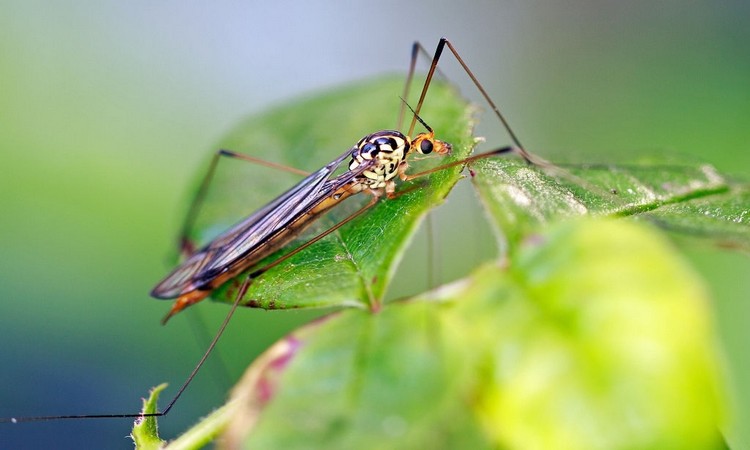
What do ichneumon wasp eggs look like?
Because of their improbably small size, little is known about the appearance of parasitic wasp eggs. In addition, you never get to see them anyway, as they are stored directly in the host.
What do ichneumon wasps eat?
The parasitic wasp larvae feed on their host, causing the host to die. Adult parasitic wasps feed on pollen and nectar.
Are ichneumon wasps dangerous?
Ichneumon wasps are not dangerous to humans or pets such as dogs or cats. Due to their high degree of specialization, they only parasitize their host insects and are not interested in other organisms. In addition, once hatched, they look directly for new hosts and stay away from other areas.
Can ichneumon wasps sting?
There is no need to be afraid of an ichneumon wasp sting because they do not sting. The little animals don’t even have a sting. The females only have a laying apparatus – but this is not stable enough to be used for stinging. The males have neither.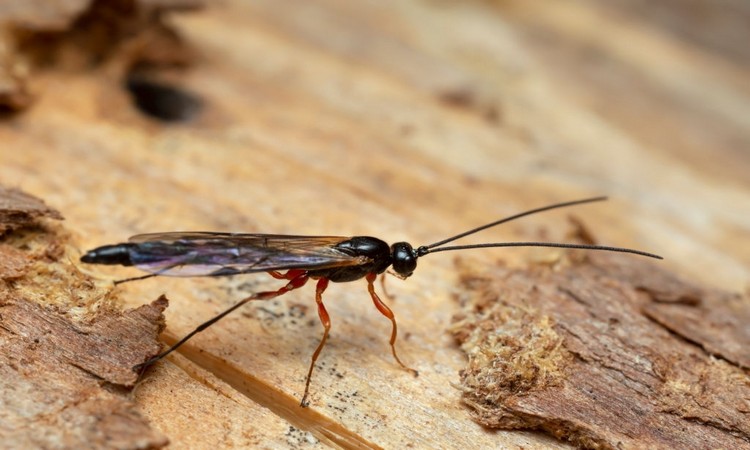
Parasitic wasps as beneficial insects
There is an associated parasitic wasp for many known pests. Therefore, hatching creatures can be bred specifically and used for biological pest control. Due to the high degree of specialization, they are very effective and since they lack the reproductive basis without the host, they also die after successfully eliminating the pest. All in all, an elegant system that we humans have been actively using since the beginning of the 20th century.
Benefits of parasitic wasps in combating clothing and food moths:
- Biological and sustainable control method without “chemical club”
- Safe for humans, animals, and clothing
- Very effective and thorough method – if used correctly
- Odorless
- Simple application
- Free and reliable deliveries
How many parasitic wasps do you need in a moth infestation?
On the cards of parasitic wasps against food moths and clothes moths, there are around 2000 specimens that are in different stages of development in host eggs and hatch shortly after delivery. That is enough to cover one square meter of space – or enclosed space such as a drawer or a cupboard compartment. The number of cards, therefore, depends on the size of the area to be treated. We recommend four cards for a normal-sized kitchen.
The most important motto in the fight against clothing and food moths is: “Stay tuned!” Because the infestation can only be finally combated with repeated application of the parasitic wasps. Four applications are recommended for food moths and six for clothes moths, each two weeks apart. To ensure that everything runs smoothly, parasitic wasps against clothes moths and food moths are conveniently delivered to your home every two weeks. This delivery concept also guarantees you fresh parasitic wasps exactly when you need them. Because if you order the small beneficial insects too early, they have already hatched at the time of use and may be – due to their short lifespan – even dead.
How long do ichneumon wasps survive in the apartment?
The parasitic wasps survive for around seven to ten days in the house or apartment at room temperature. Afterward, they die and, due to their tiny shape, practically crumble to dust. They can only reproduce as long as moth eggs are still present, as these are needed for the larvae to develop. Therefore, after successfully combating the moths, the last generation of ichneumon wasps also dies without leaving any offspring.
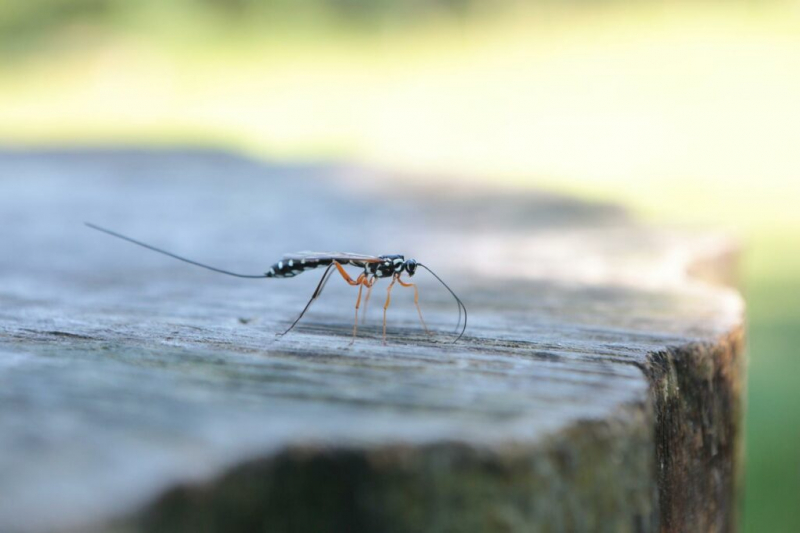
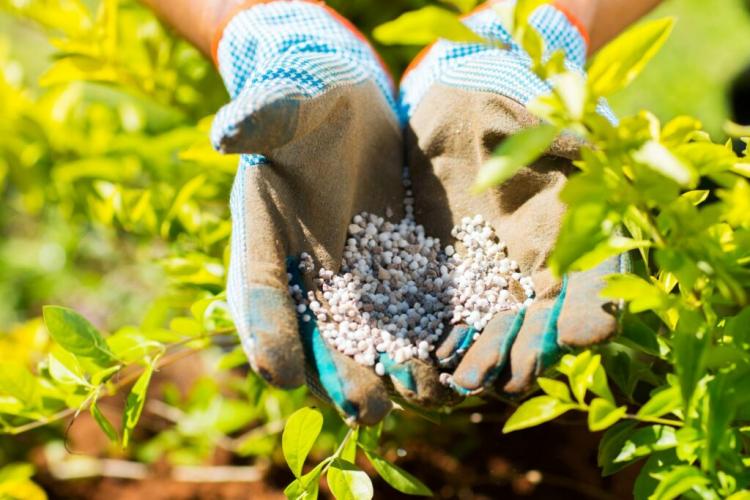
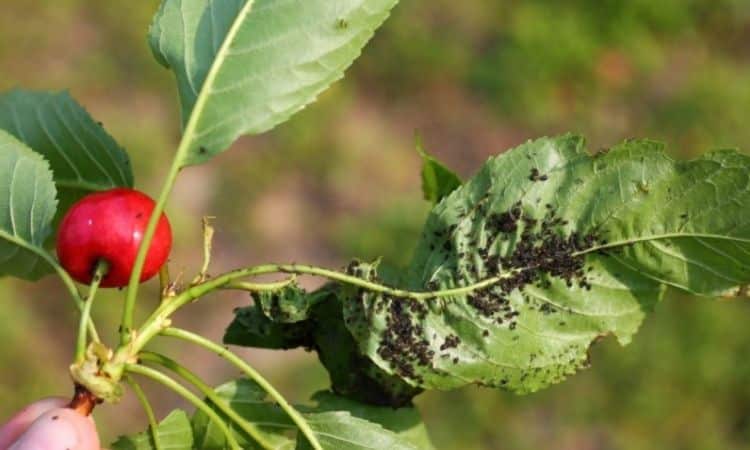
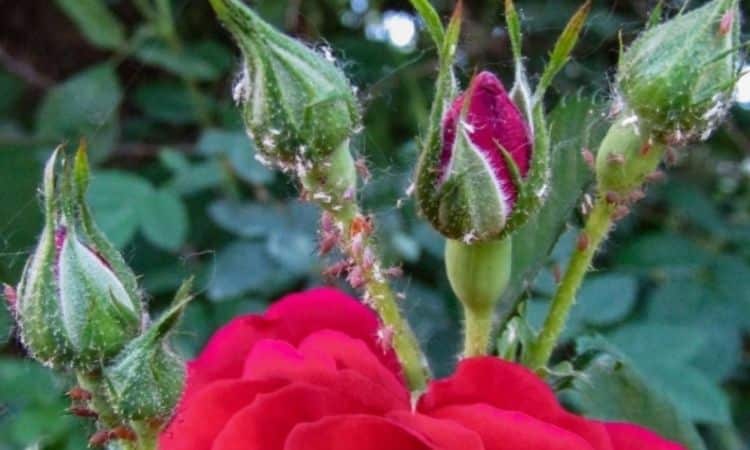
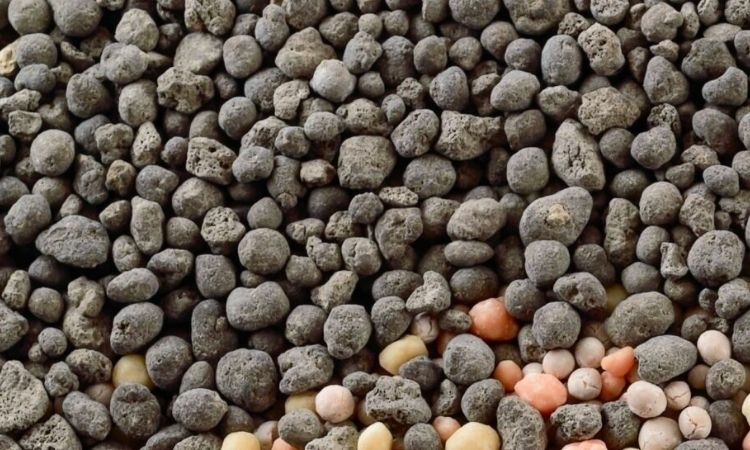
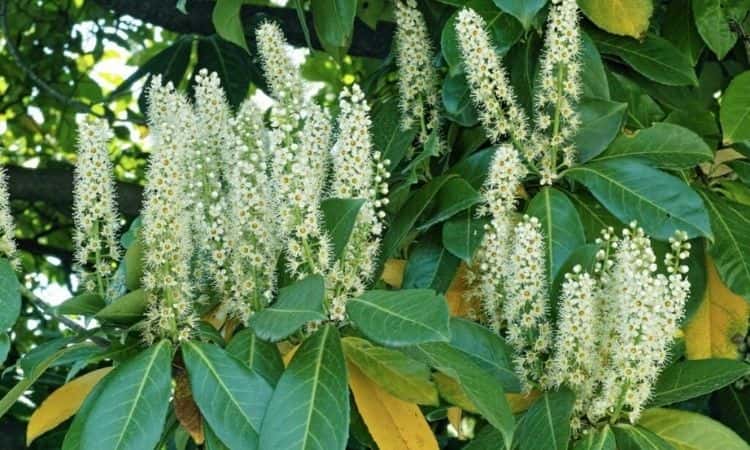

I was stung by one when I was 18. It got stuck between my back and a couch and that is when it stung.
Here’s a video of a man who shows that they can, and do sting. I’ve been sting by one, with a rather large stinger and it hurt like crazy.
https://m.youtube.com/watch?v=PFRtudgAmPo